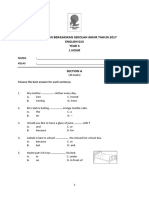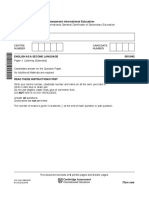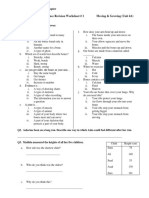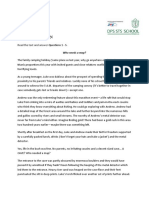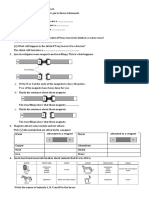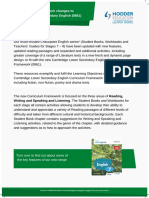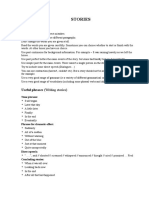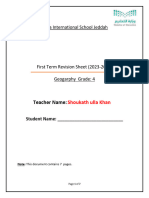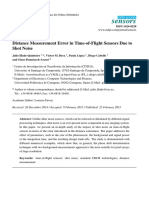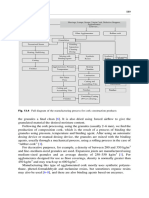0% found this document useful (0 votes)
183 views4 pagesQuiz Science
The document is a Grade 3 science lesson focused on the topic of light, including questions and answers about its properties and behavior. It covers concepts such as the nature of light, sources of natural light, reflection, refraction, and the visibility of different light colors. The document also includes an answer key with rationales for each question to aid in understanding.
Uploaded by
glimmer468570Copyright
© © All Rights Reserved
We take content rights seriously. If you suspect this is your content, claim it here.
Available Formats
Download as DOCX, PDF, TXT or read online on Scribd
0% found this document useful (0 votes)
183 views4 pagesQuiz Science
The document is a Grade 3 science lesson focused on the topic of light, including questions and answers about its properties and behavior. It covers concepts such as the nature of light, sources of natural light, reflection, refraction, and the visibility of different light colors. The document also includes an answer key with rationales for each question to aid in understanding.
Uploaded by
glimmer468570Copyright
© © All Rights Reserved
We take content rights seriously. If you suspect this is your content, claim it here.
Available Formats
Download as DOCX, PDF, TXT or read online on Scribd
/ 4






